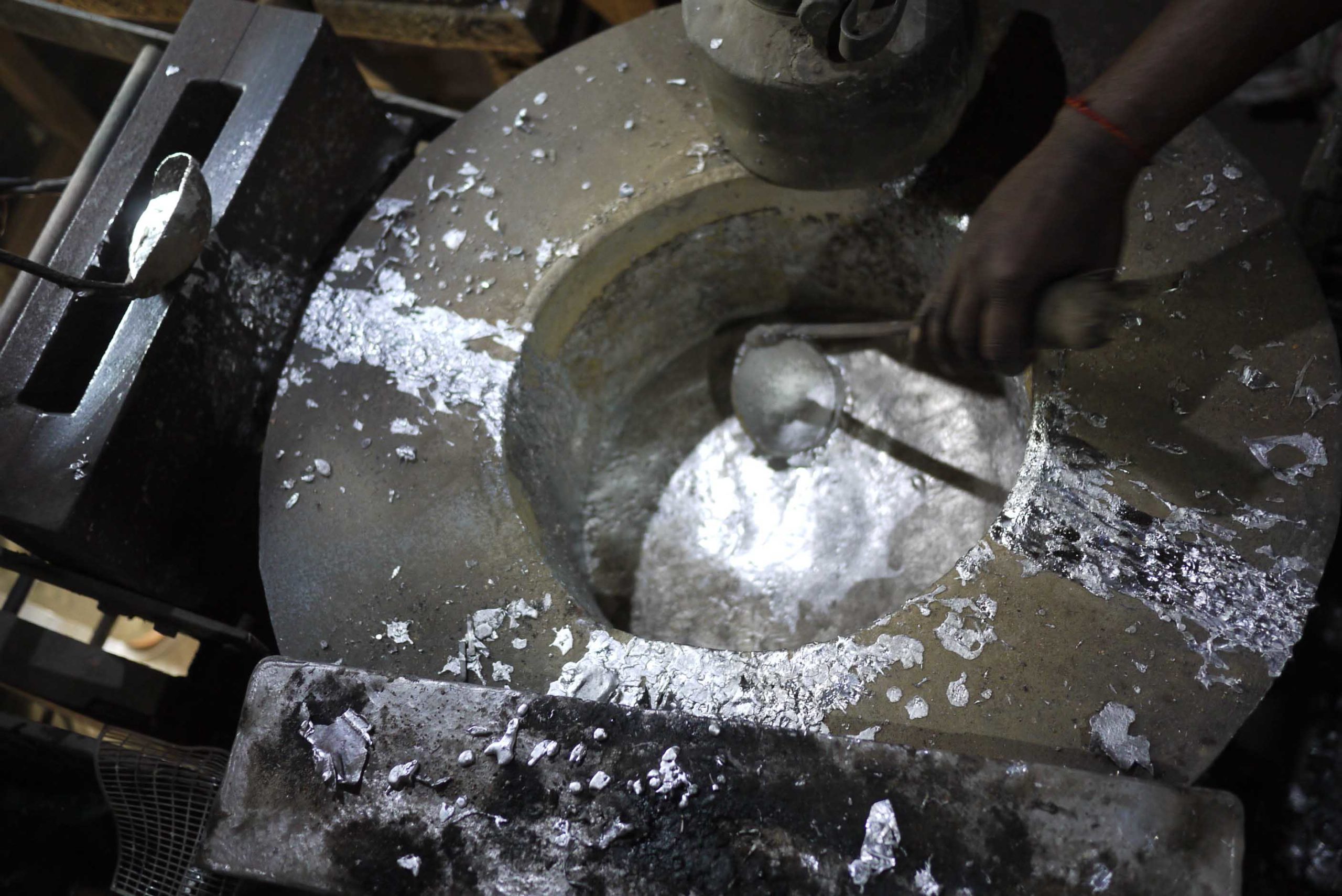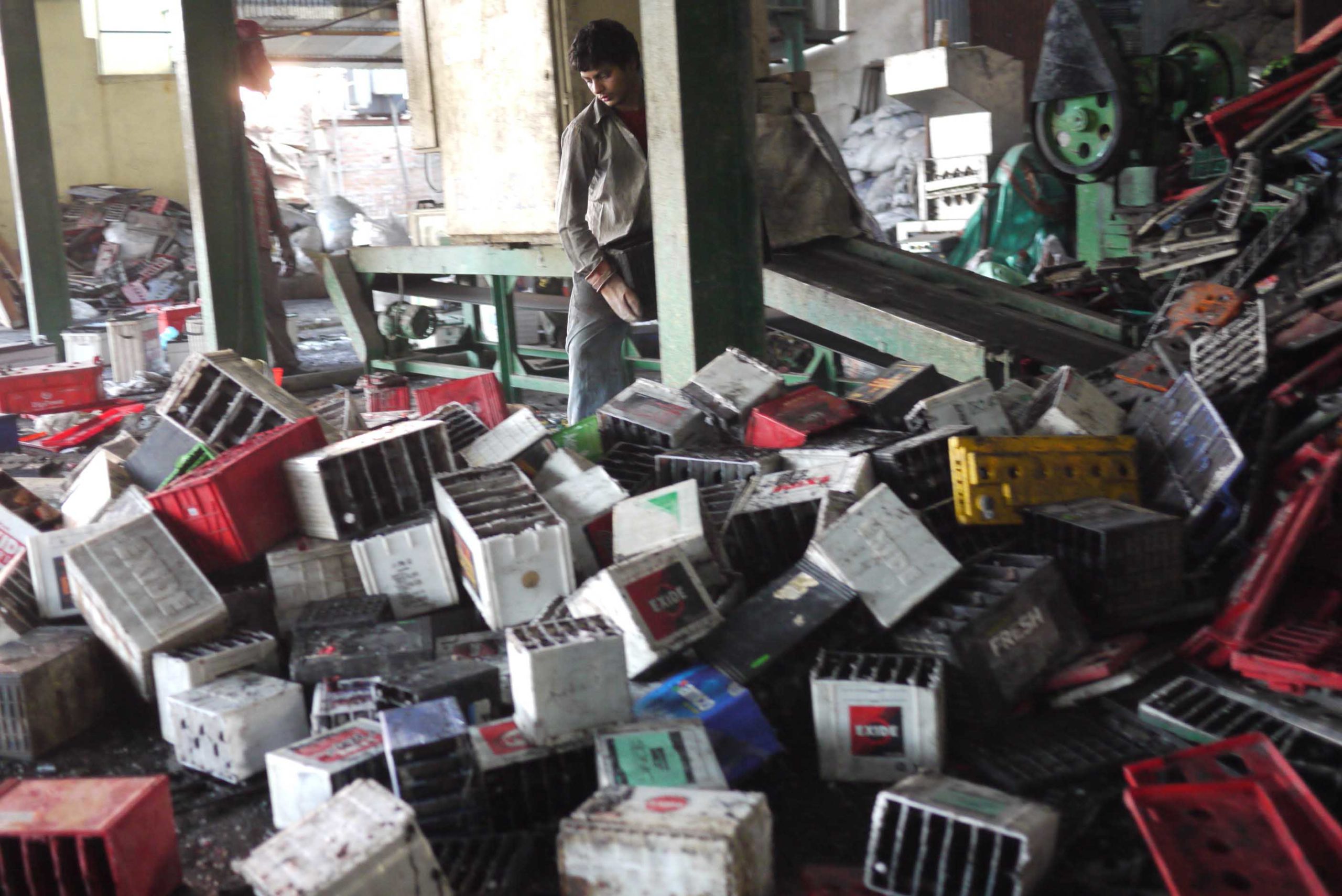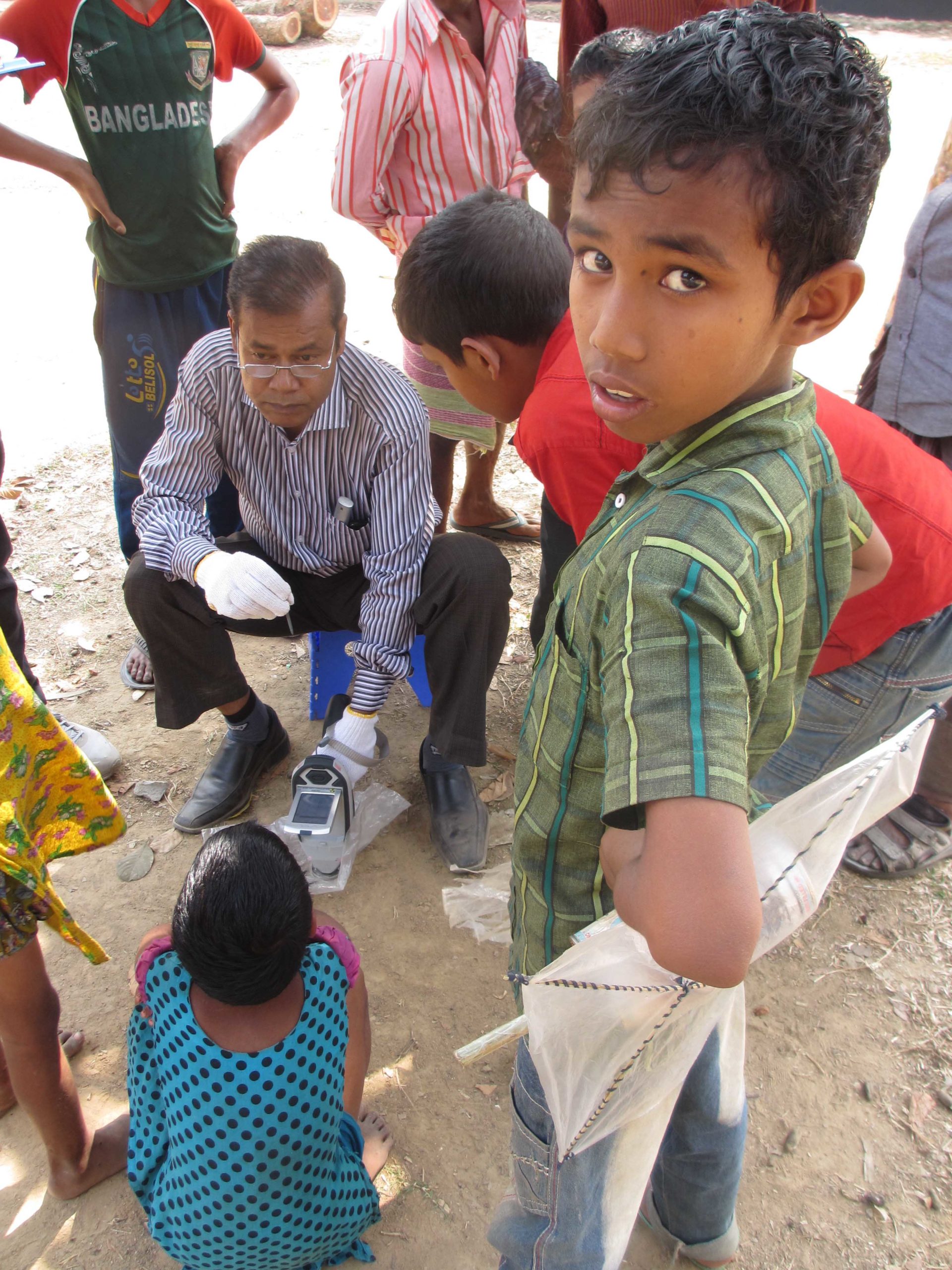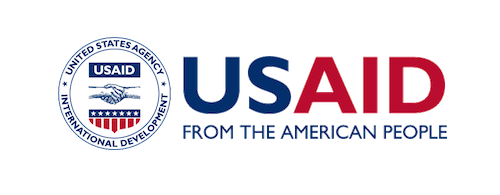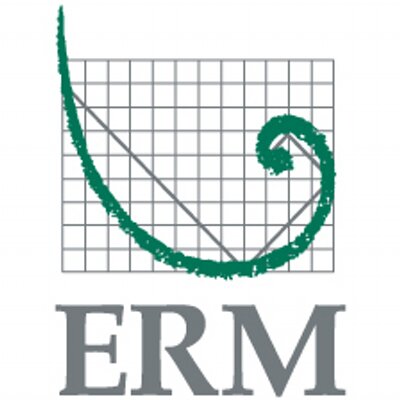This post is from Andrew McCartor, Pure Earth’s Regional Director for South Asia.
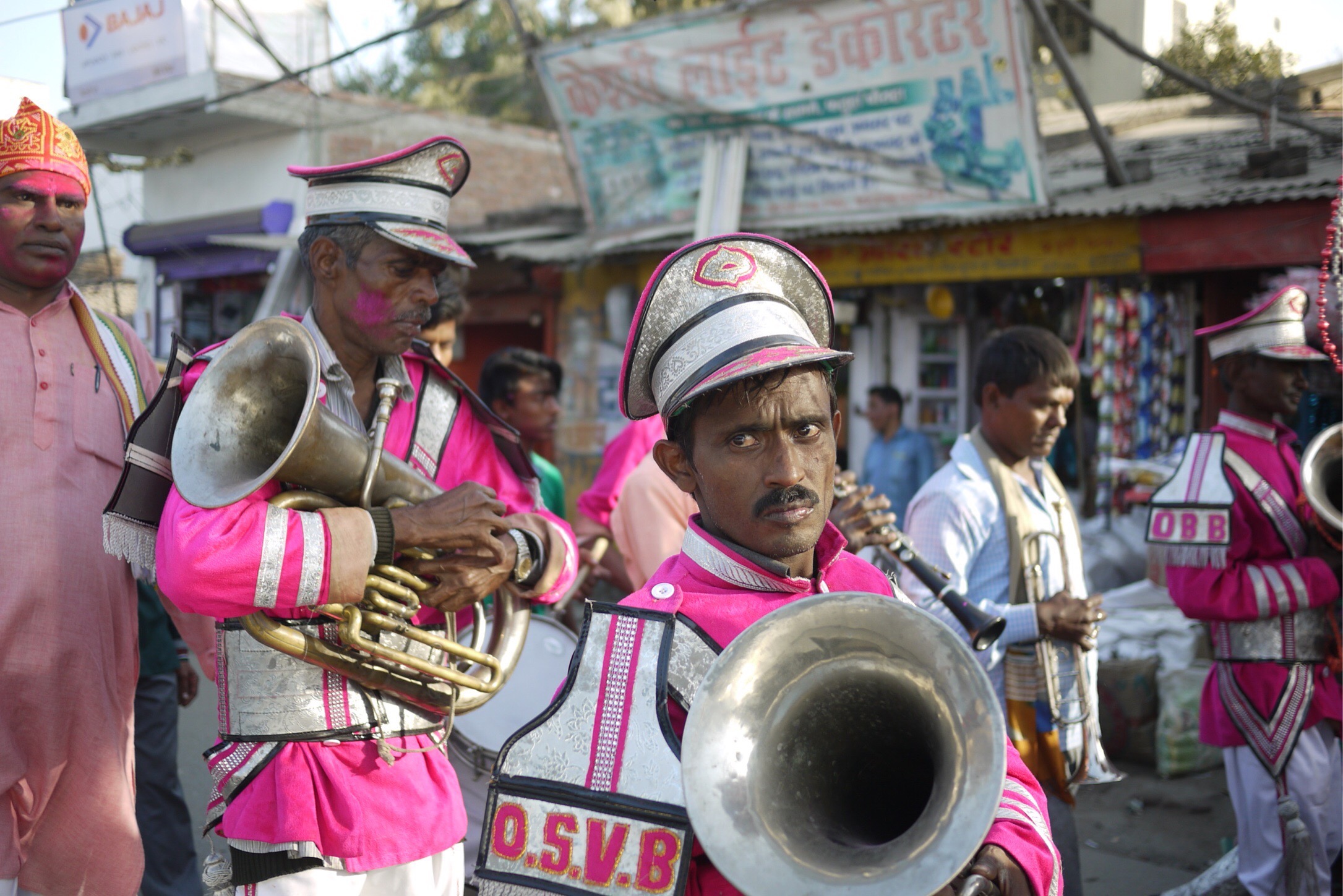 A procession on the streets of Bihar, India.
A procession on the streets of Bihar, India.
Finding and confirming pollution can be difficult because polluters don’t advertise their activities, and many toxic pollutants are invisible and thus require sophisticated equipment to analyze.
Pure Earth and its local partners typically aim to identify and assess 20-30 sites contaminated with toxic pollution per year in a given country. But this was not the case in Bangladesh and India.
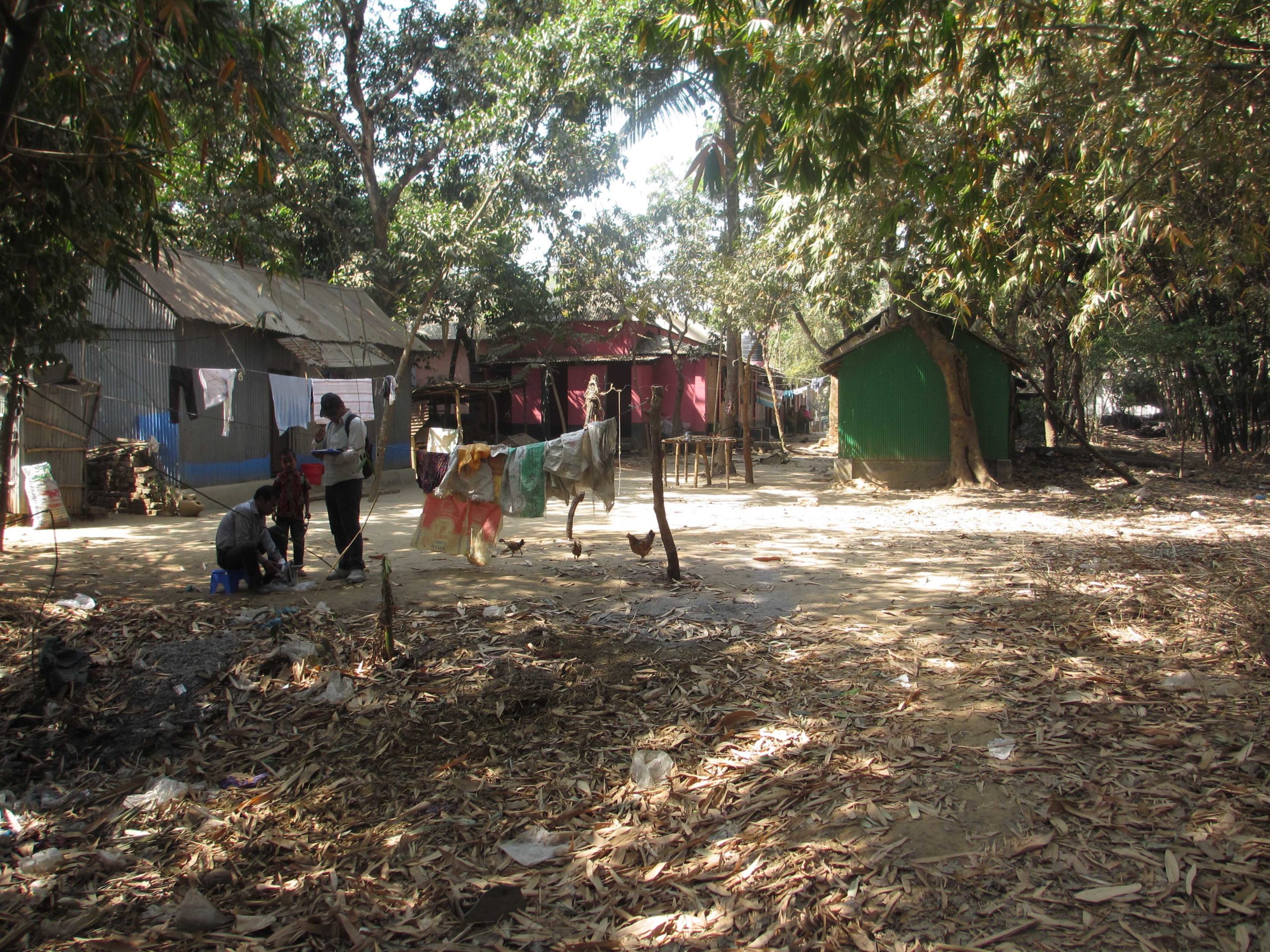 Assessing a contaminated yard in Kathgora, Bangladesh.
Assessing a contaminated yard in Kathgora, Bangladesh.
We expected our local investigation teams to face similar hurdles and to identify and assess sites at a similar pace in Bangladesh and India, but to our surprise, the teams were able to identify and assess 166 sites where the health of local residents was at risk due to lead pollution, just between November of 2016 and May of 2017.
In almost two decades of Pure Earth work in this field, we have never identified pollution so quickly and with such ease.
“Of course, how much do you want to find?”
In 2016, Pure Earth partnered with the University of Dhaka in Bangladesh and the Institute for Environment and Eco Development in India to identify and assess sites contaminated with lead pollution.
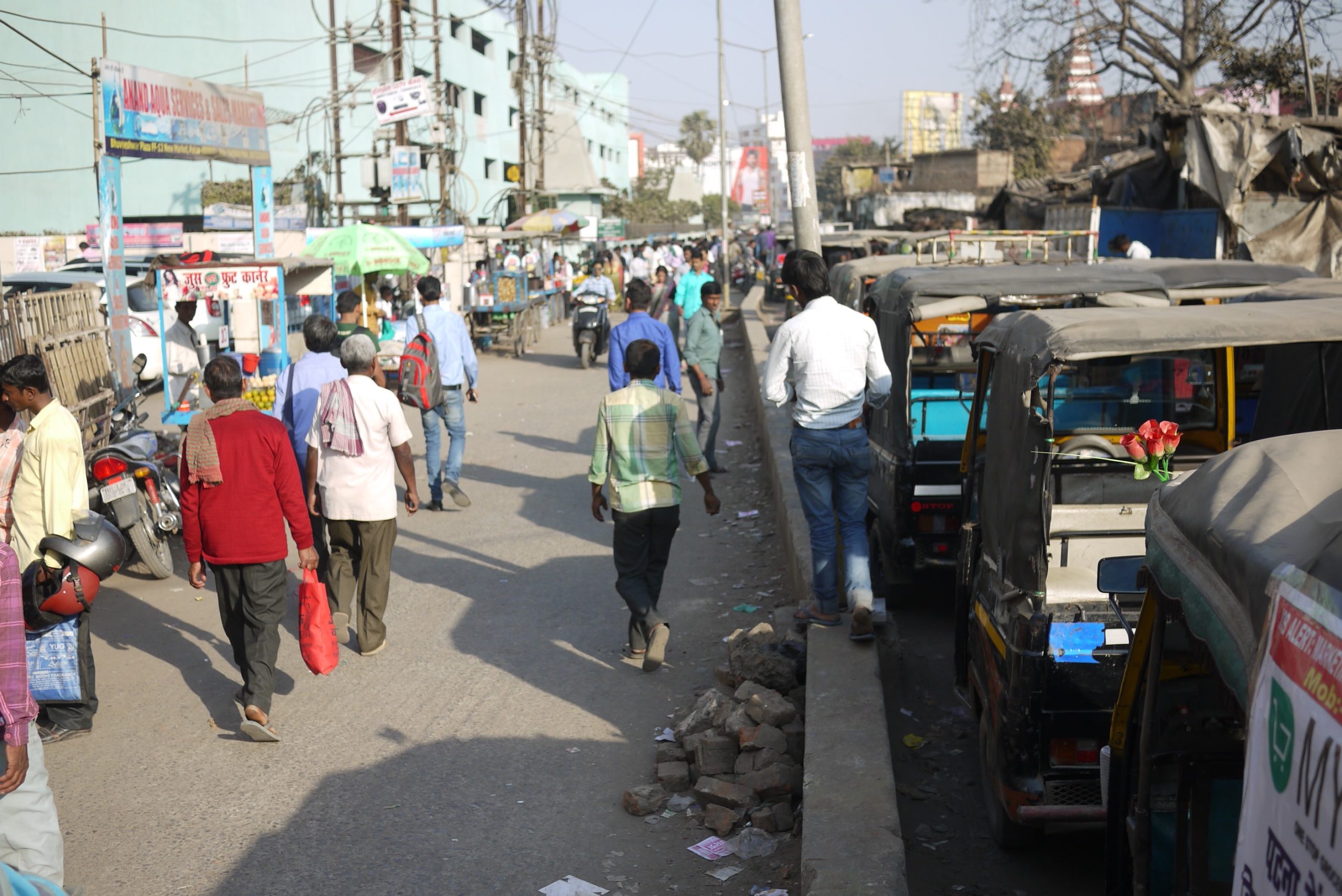 On the streets of Bihar, India.
On the streets of Bihar, India.
When I first met with the Executive Director of the Institute for Environment and Eco Development, Mr. I. N. Jha., I asked him if his home state of Bihar had lead pollution, and if so, how many contaminated sites might exist.
Mr. Jha replied, “of course, how much do you want to find?”
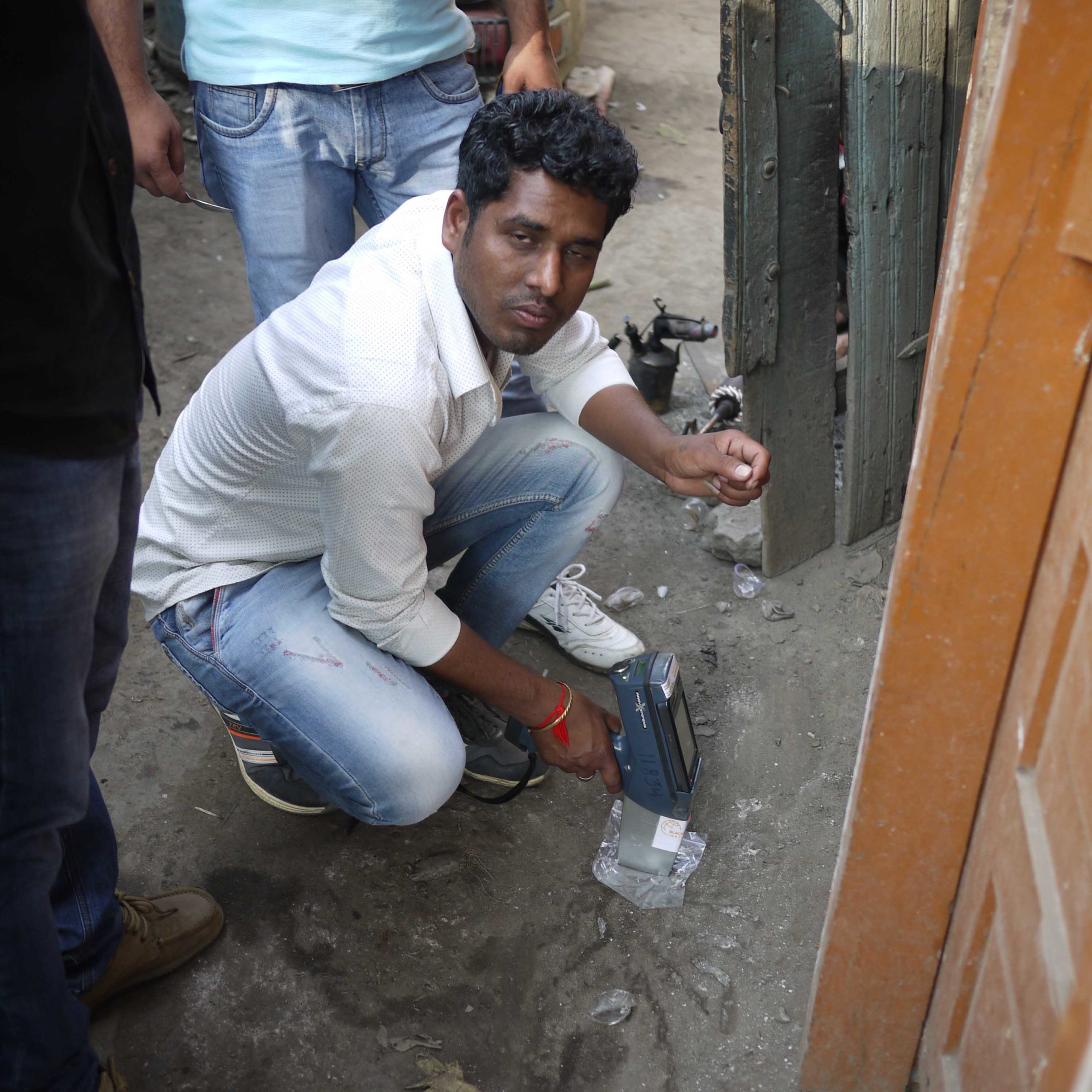 Testing the ground in Bihar, India. This handheld XRF (X-ray fluorescence) analyzer can identify toxic particles in soil in under a minute.
Testing the ground in Bihar, India. This handheld XRF (X-ray fluorescence) analyzer can identify toxic particles in soil in under a minute.
I took this as a joke, but unfortunately, he was quite serious.
In the months following, Mr. Jha and his team identified 209 sites in the state of Bihar alone, where they suspected lead pollution from the manufacturing and recycling of used lead-acid (car) batteries, and have since assessed and confirmed contamination at 72 of these sites.
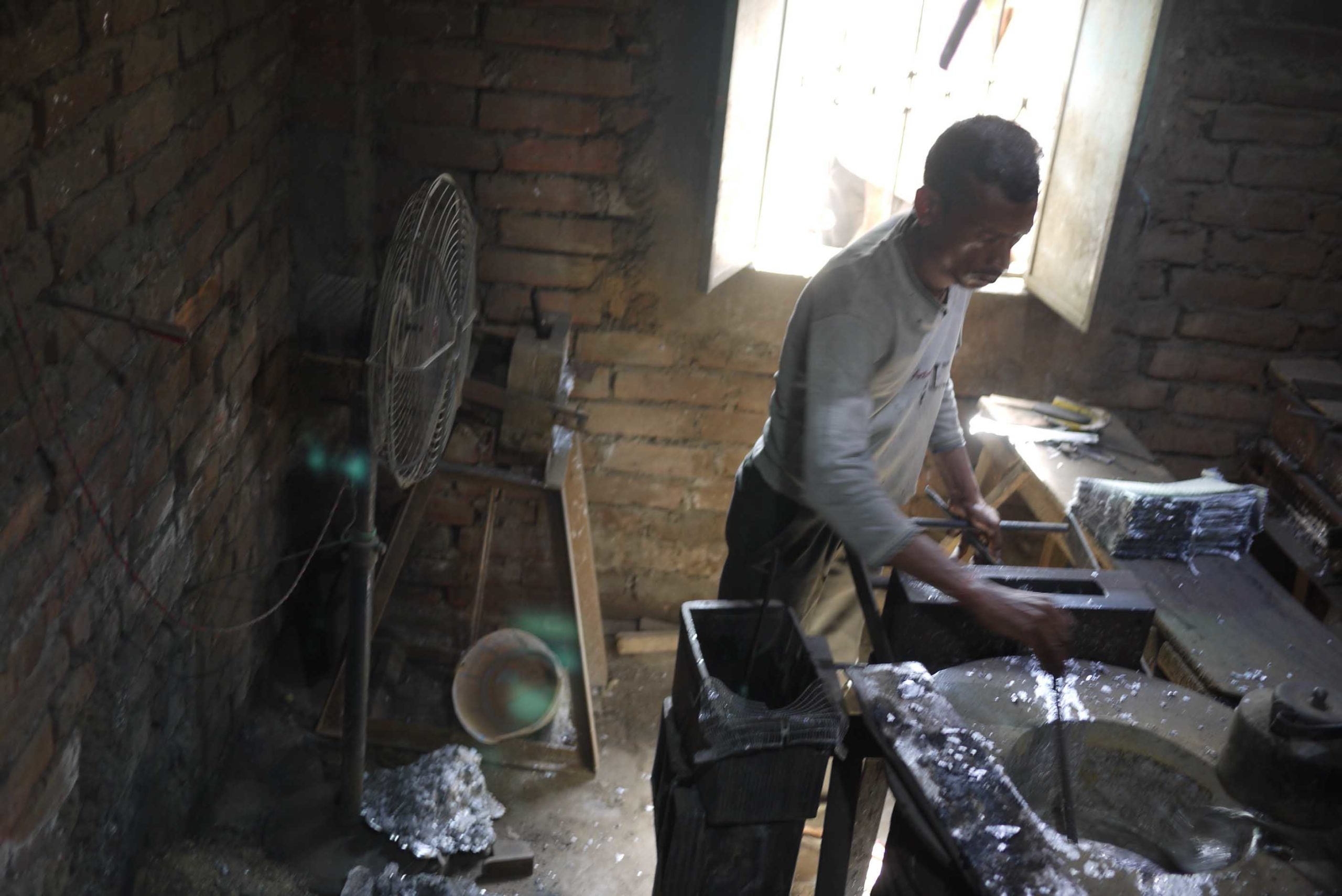 A man ladling molten lead at one of the many lead recycling operations we found in the city.
A man ladling molten lead at one of the many lead recycling operations we found in the city.
Astoundingly, the only limitations that kept them from identifying and assessing more contaminated sites were time and budget.
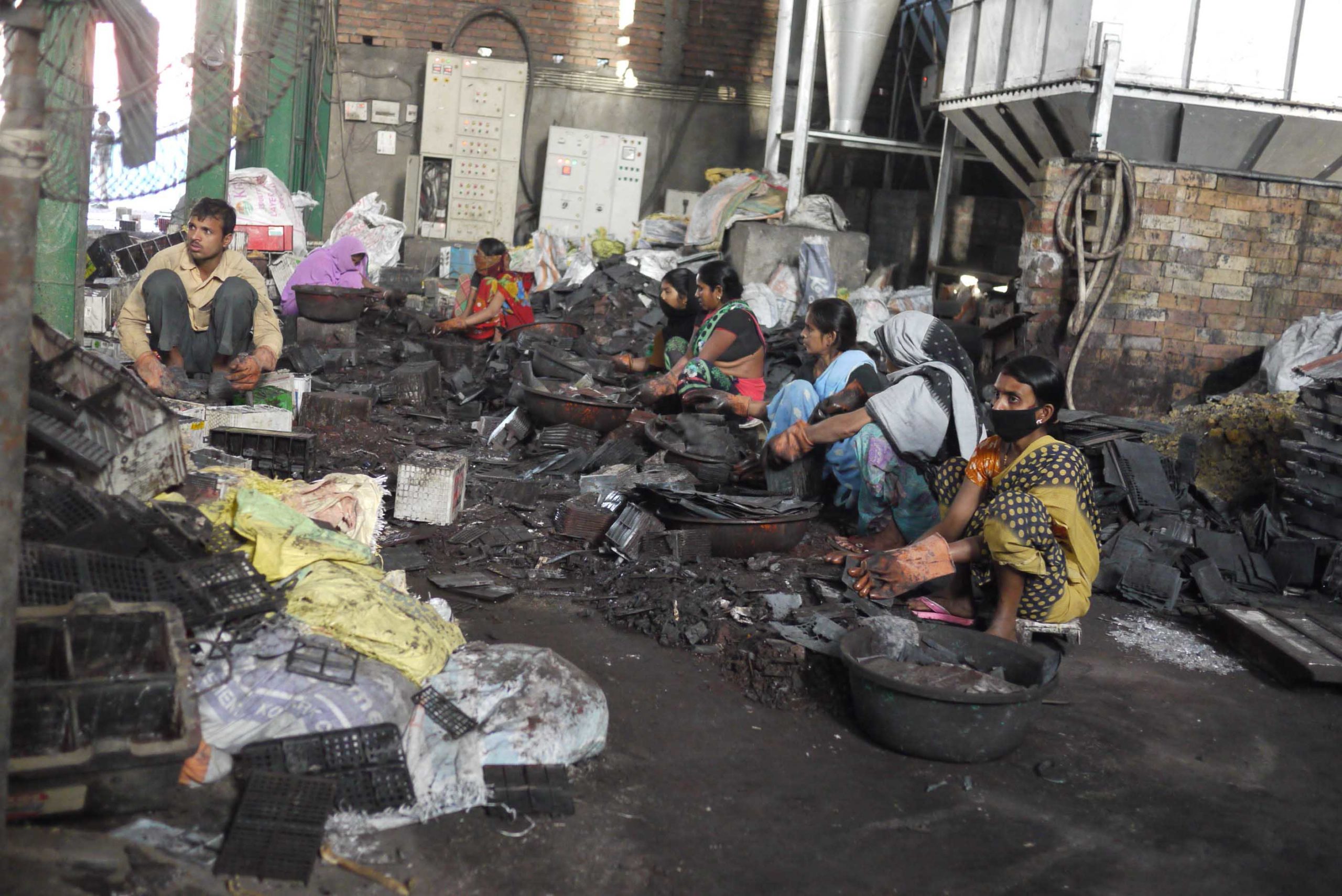 Workers recycling used lead-acid (car) batteries by hand in Bihar, India.
Workers recycling used lead-acid (car) batteries by hand in Bihar, India.
A similar narrative played out in Bangladesh.
In the past year alone, a team of dedicated investigators in Bangladesh assessed and confirmed lead pollution at 94 sites in just four provinces of Bangladesh.
 A girl crossing the street in Kathgora, Bangladesh.
A girl crossing the street in Kathgora, Bangladesh.
What is particularly disturbing about this fact is that these teams were only looking for a single pollutant–lead.
Although we can’t assume similar degrees of contamination from other pollutants without more evidence, the results of the lead assessment program are deeply troubling. The fact that our teams could identify so many previously unknown contaminated sites so easily suggests that our understanding of the severity and impacts of lead and other pollutants in lower-income countries is woefully incomplete.
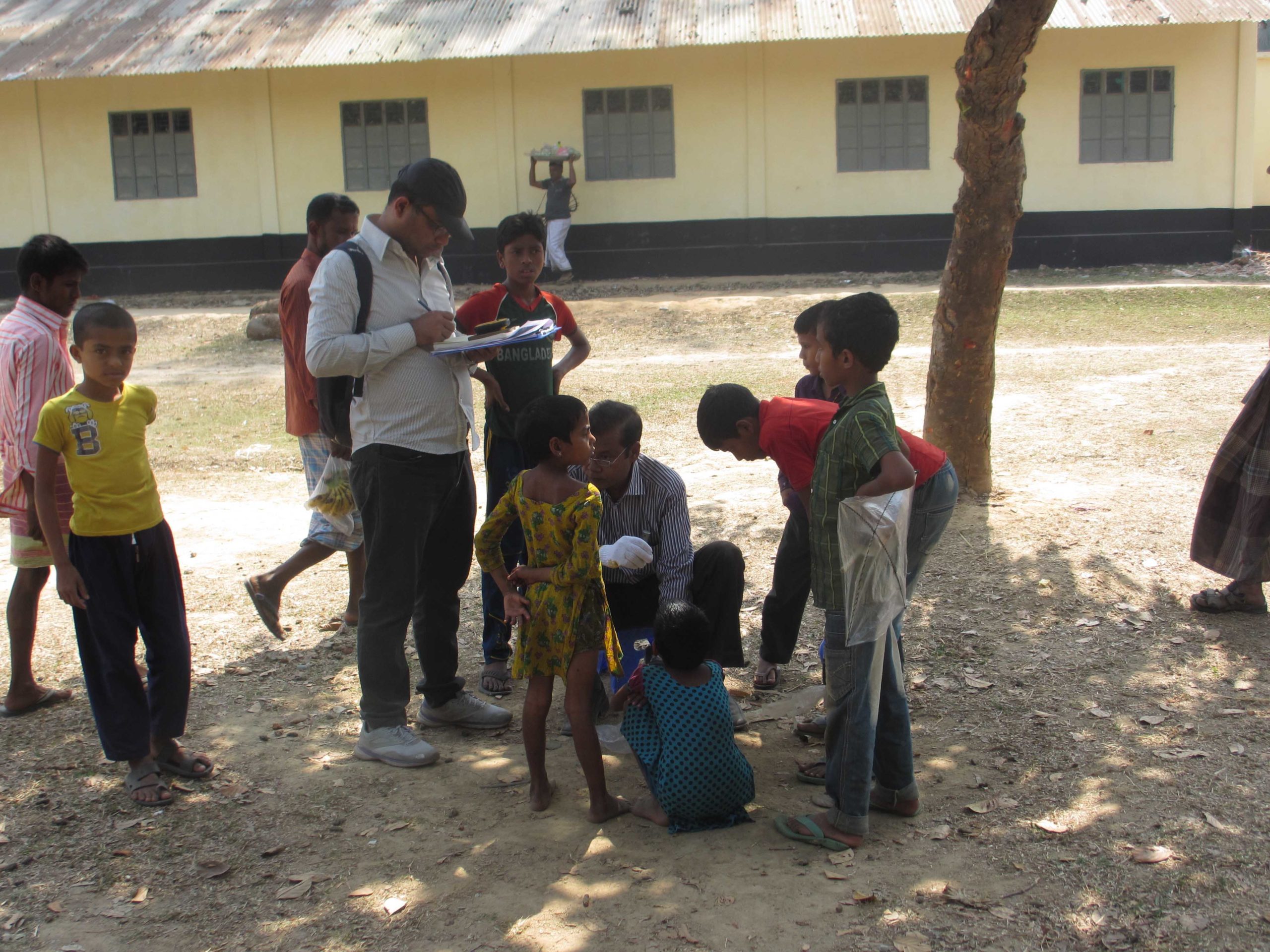 Taking soil samples at a school in Kathgora, Bangladesh.[/caption]
Taking soil samples at a school in Kathgora, Bangladesh.[/caption]
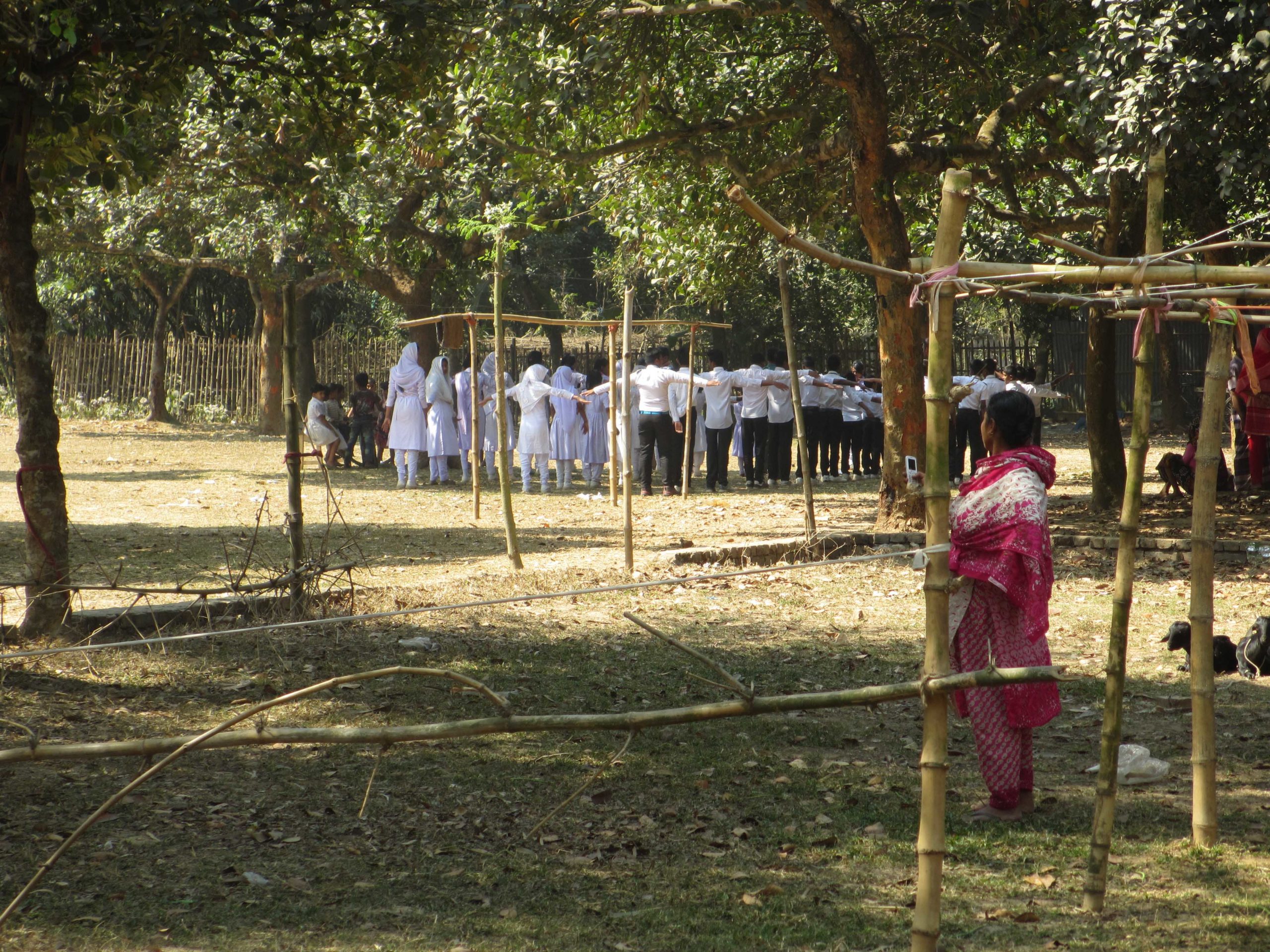 Students can be seen exercising in this contaminated school yard in Kathgora, Bangladesh.
Students can be seen exercising in this contaminated school yard in Kathgora, Bangladesh.
In 2017, Pure Earth will begin demonstration cleanup projects at sites in Bangladesh and India to remediate polluted soils and reduce risks to local residents.
Our goal is to not only improve the health of local children at these two sites, but to encourage and facilitate greater action on the part of the governments and by the global community to address this issue.
These demonstration projects are possible, in part, due to support from USAID, the European Union, Environmental Resources Management (ERM), and private donors.
Learn more:



